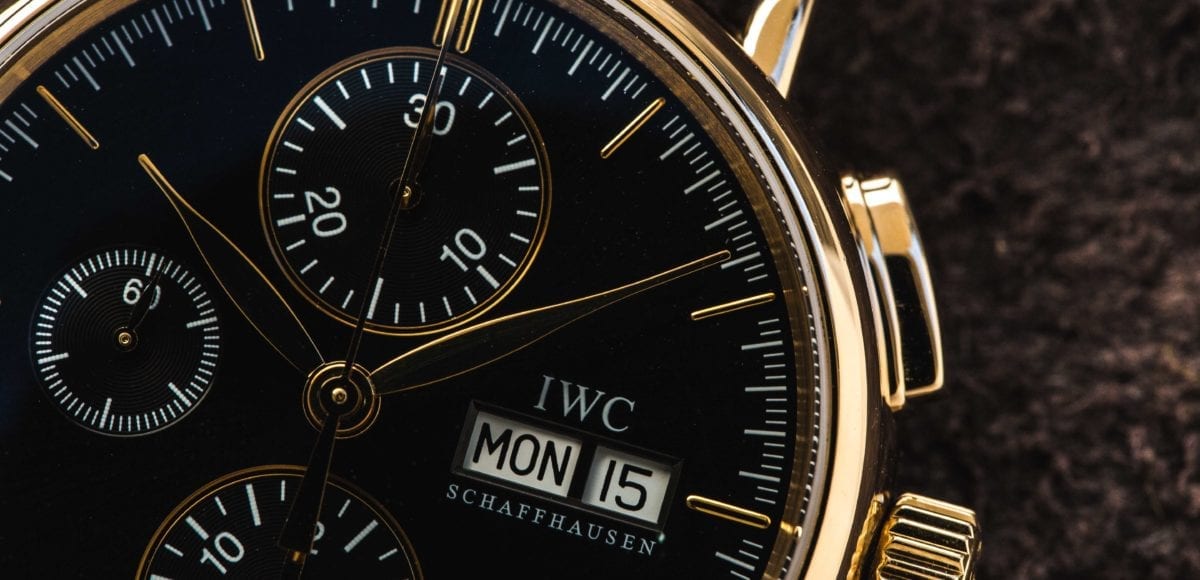Notable Watch Index Styles
Watches are comprised of so many intricate details from the inside out, some you may not even think of. From an aesthetic perspective, you might prefer a particular case material, dial color, or bracelet style. One element you might overlook is the watch’s indices. Indices are another way to refer to the watch’s hour markers. You may be surprised at how much different types of watch indices can impact the look of the dial. Here, we’ve compiled some common types of indices for you to consider.
Arabic Numerals
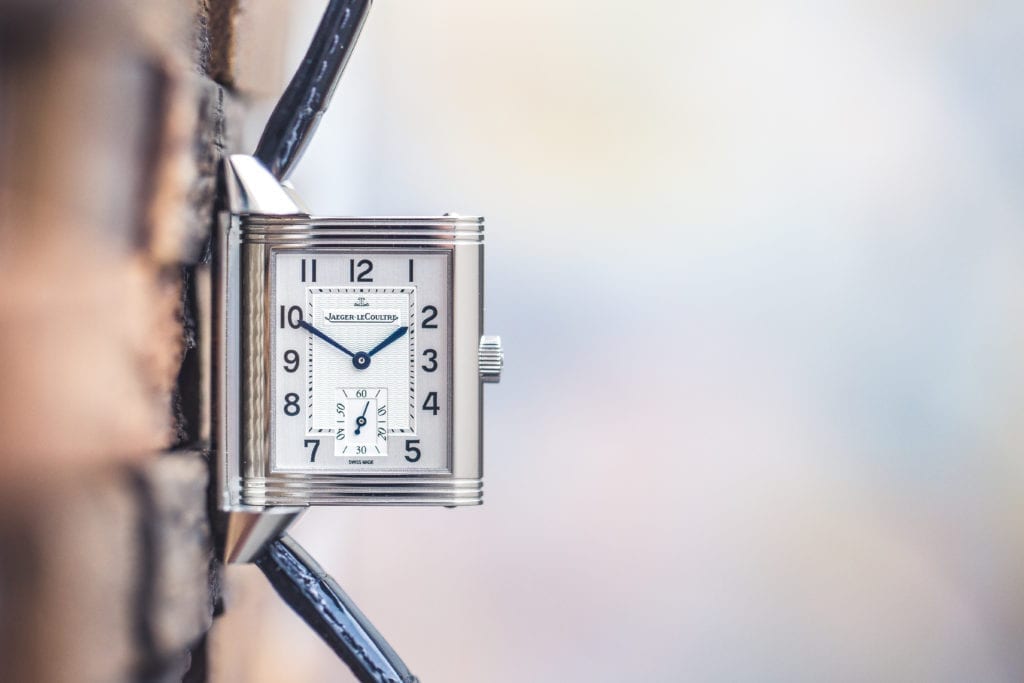
Arabic numerals are the most common symbols for numbers today, replacing Roman numerals. They can appear in watches in different forms. Sometimes, Arabic numerals may number each hour marker from one to twelve. Other watch designs use Arabic numerals at the three, six, nine, and twelve-o’clock positions. Occasionally, you’ll see only a single twelve-o’clock Arabic numeral marker. In some watches, elements like a date window or chronograph register replace certain sets of Arabic numerals.
Arrow Marker
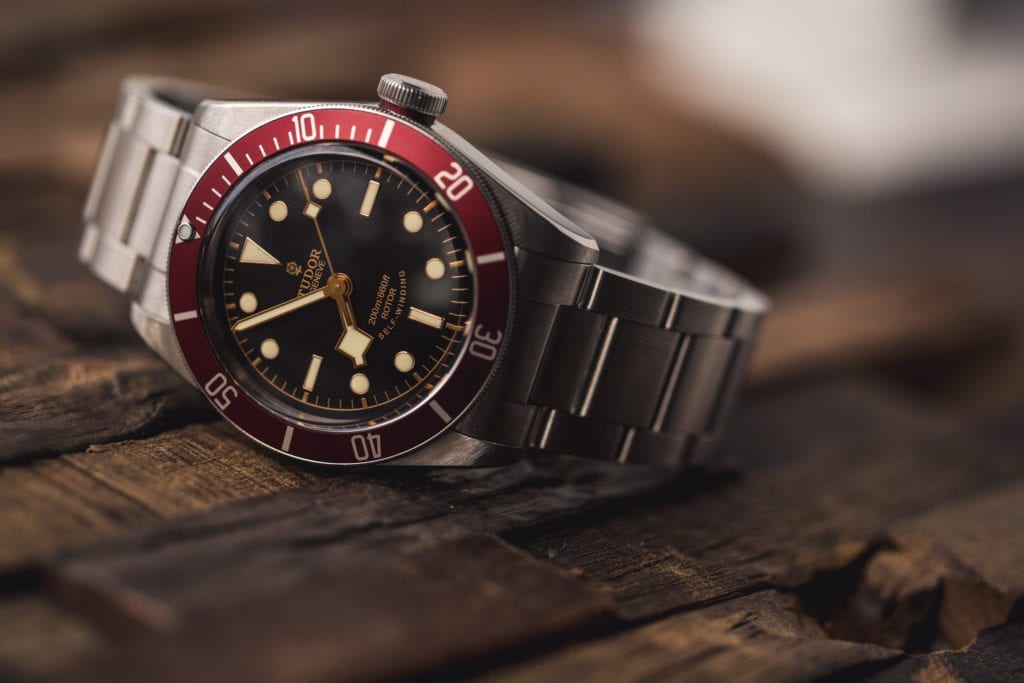
An arrow marker is a style of index commonly seen in Rolex watches. This style of hour marker appears at the twelve-o’clock position. As the name indicates, it appears as a triangular arrow, usually pointing downward toward the center of the watch. Watchmakers always couple the arrow marker with another style of indices for the remaining hour markers. One example is the Rolex Submariner. It typically features an arrow marker along with a combination of baton and round indexes.
Baton Indexes

Like baton hands, baton indexes are a thick, rectangular style of hour marker. Baton indexes are more robust than the similarly shaped stick indexes. For this reason, they’re highly legible on the dial. This also allows watchmakers to equip them with elements like luminosity for better visibility in the dark. Most often, you’ll find baton indexes used on sport and tool watches because of their functional properties. Some examples of watches with baton indexes include the IWC Aquatimer and Panerai Luminor.
Breguet Numerals
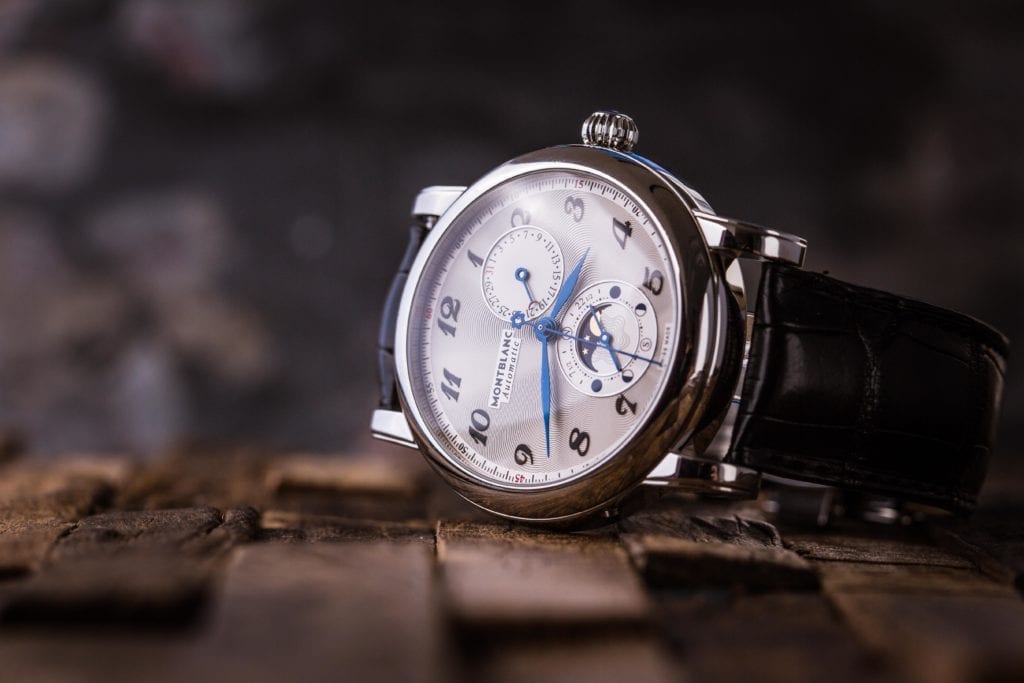
Breguet numerals are a modified type of Arabic numeral developed by Abraham Louis Breguet himself. The style first appeared just before the French Revolution. The design of Breguet numerals reflect the time with an elegant calligraphy-like appeal. Though they’re not one of the most common types of watch indices, watchmakers still use them today. You’ll most often find them on models with enamel dials.
Dagger Indexes

Dagger indexes are another more obscure style of hour marker. You’ll find this particular type of watch indices on some vintage Rolex models. As the name suggests, dagger indexes have an arrow shape. Like the arrow marker itself, the dagger indexes typically point toward the center of the dial and are usually faceted.
Diamond Markers

Unlike other styles of watch indices that serve a functional purpose, diamond markers are purely aesthetic. As you might guess, diamond markers are simply precious stones present at the hour markers in place of other indices. Diamond markers usually accompany other diamond accents on a model, like a diamond bezel. You’ll most often find diamond markers used in ladies’ models, giving them a feminine, jewelry touch. However, watchmakers also use diamond markers in some men’s models.
Roman Numerals

Before Arabic numerals, Roman numerals were the typical way of writing numbers up until the late Middle Ages. Roman numerals consist of a combination of letters from the Latin alphabet. Though you’re less likely to find them used in most applications, many watchmakers still employ Roman numerals in their designs. Like Arabic numerals, Roman numerals may appear in a number of different ways. In some instances, they’ll number the entire watch face from one to twelve. In other cases, they only appear at the three, six, nine, and twelve-o’clock positions.
Round Indexes

Like baton indexes, round indexes are a highly legible option for dial markers. Similarly, watchmakers can easily treat them with a luminous substance for optimal visibility in any conditions. You’ll typically find them paired with a combination of baton and arrow or triangular indexes. Round indexes are another popular choice for sport and tool watch models. A couple examples are the Rolex Submariner and the OMEGA Seamaster.
Stick Indexes
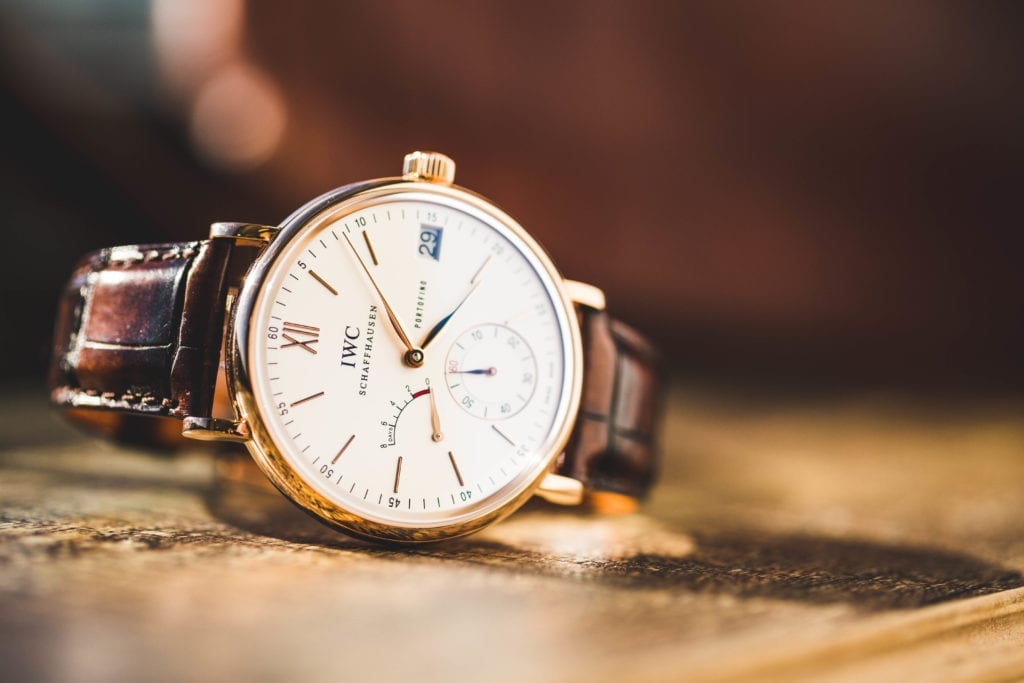
Last but not least, stick indexes are a slimmer, more refined version of baton indexes. Stick indexes get their name from their long, thin shape. Though watchmakers can treat stick indexes with luminosity in some designs, they usually apply them to the dial. Because of their sleek and sophisticated design, you’ll often find stick indexes used for dress watches.
Regardless of the type on indices you are drawn to, each one gives the watch its own unique styling and charm.
Get More Articles Like This in Your Inbox
We're constantly creating great content like this. So, why not get it delivered directly to your inbox? By subscribing you agree to our Privacy Policy but you can unsubscribe at any time.





